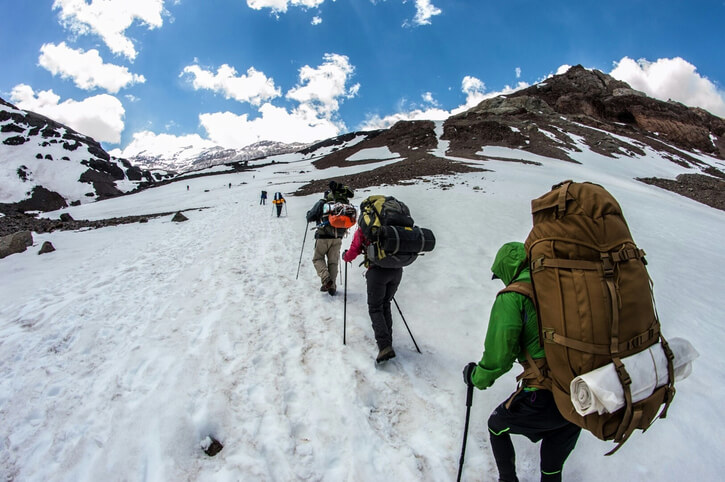Winter camping creates a unique experience that you won’t be able to find during the other seasons of the year. However, the cold weather also presents its own set of challenges for campers.
Apart from the risk of exposure to extremely low temperatures, there’s also the risk of avalanches. Avalanches occur when an excessive amount of snow on top of a weak layer is disturbed. Natural events like storms can trigger an avalanche. However, there are also times when humans or wildlife can trigger an avalanche. Here are some tips to avoid creating an avalanche:
1. BE ADVISED
Pay close attention to avalanche advisories and local news. You can also look at online records about the location you plan to visit. Some states offer hotlines you can call for the latest information and avalanche warnings.
2. LOOK AT THE SIGNS
A group of young trees can mean the snow in the area has slipped before and destroyed the old ones. Broken branches on a group of trees’ uphill side can mean avalanches regularly take place in the area.
Most avalanches happen within 48 hours after heavy snowfall or rain, so pay close attention to the weather and let it settle if you can. A “whump” sound underneath you is also a sign of Nature telling you to go back.
3. SLIPPERY SLOPES
If your route requires you to pass a slope, be wary of how steep it is. An avalanche is more likely to occur on steep slopes with a gradient of 30 degrees or more.
If you absolutely have no choice but to cross a steep slope, take the highest route, or the bottom. If you get caught in the middle of the slope, you may not be able to reach safety on time. If you’re near the summit, you’re more likely to stay near the surface if you get caught in an avalanche, while being near the bottom could provide you ample time to avoid it. Being beneath a tree line may also be a safer bet, since the old trees can act as a barrier for the snow.
4. WORK AS A GROUP
Never travel alone. Should the worst happen, having other people to help you out will always be a good thing. Your group should be equipped with avalanche beacons, and you must always check each other’s beacons before your trip to make sure they’re working.
When traversing slopes with deep snow, keep a distance of 150 to 300 feet from each other. This way, you’re less likely to disturb the snow and cause an avalanche, and if something bad should happen, survivors are more likely and can help.
5. PREPARE FOR THE WORST
Make sure everyone is equipped for and knows what to do during a worst-case scenario. Practice emergency scenarios while using your equipment before you head out.
With careful planning and preparation, you can lessen the risks to winter hiking and camping. Learn to spot the red flags, and if you find yourself asking “should we go on or bail out?” Don’t be afraid to choose the latter — there will always be another winter season and another trail for you to explore.



